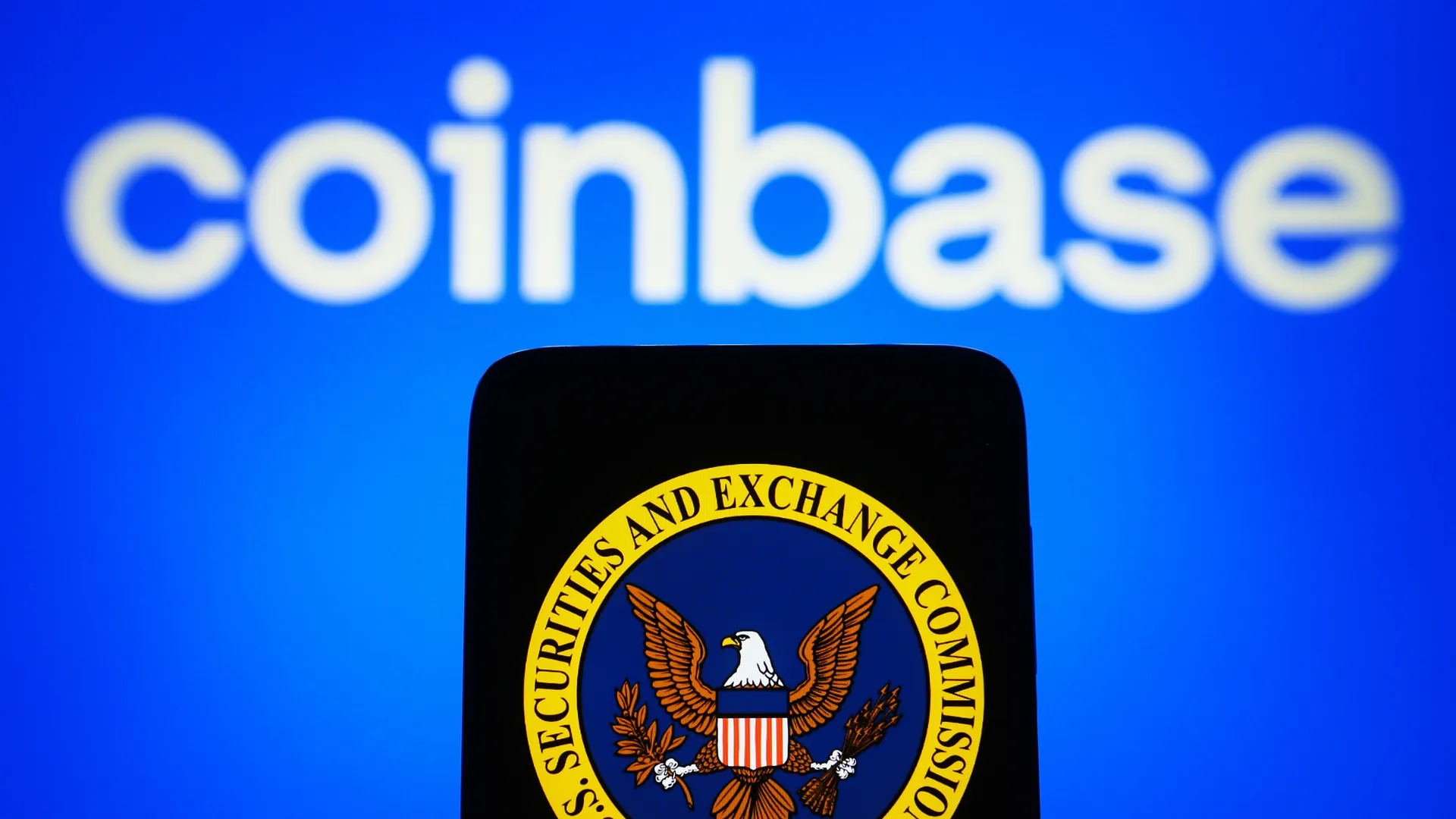Coinbase CEO Announces SEC Case Dismissal, Calls It a Win for Crypto Industry
21.02.2025 15:10 1 min. read Alexander Stefanov
Coinbase CEO Brian Armstrong announced on X that the company has reached a deal with the SEC to dismiss its litigation, which is expected to be finalized next week.
The resolution comes with no fines or changes to Coinbase’s operations, marking a significant victory after a costly and lengthy legal battle.
Armstrong explained that many had doubted the decision to take on the SEC in 2023, but he remained confident the agency overstepped its authority. He criticized the SEC’s attempts to classify certain assets as securities, which he believed would have harmed the U.S. crypto industry by pushing it offshore.
This dismissal, according to Armstrong, is a win for both Coinbase’s customers and the broader crypto space. He credited the Trump administration’s influence in expediting the process, especially after former SEC chair Gary Gensler’s departure.
Armstrong also thanked other crypto firms and startups who fought similar battles and acknowledged efforts in Congress to support the industry.
Looking ahead, Armstrong emphasized the need for clearer crypto regulations and expressed optimism about continuing to work with the SEC. He called for decisive legislation to help the crypto industry thrive in the U.S.
-
1
Here is Why the Fed May Cut Rates Earlier Than Expected, According to Goldman Sachs
08.07.2025 15:00 2 min. read -
2
What Brian Armstrong’s New Stats Reveal About Institutional Crypto Growth
29.06.2025 15:00 2 min. read -
3
Donald Trump Signs “One Big Beautiful Bill”: How It Can Reshape the Crypto Market
05.07.2025 9:56 2 min. read -
4
Market Odds of a U.S. Recession in 2025 Drop in Half Since May
05.07.2025 18:30 2 min. read -
5
Toncoin Launches UAE Golden Visa Program Through $100,000 Staking Offer
06.07.2025 12:04 2 min. read
U.S. Public Pension Giant Boosts Palantir and Strategy Holdings in Q2
According to a report by Barron’s, the Ohio Public Employees Retirement System (OPERS) made notable adjustments to its portfolio in Q2 2025, significantly increasing exposure to Palantir and Strategy while cutting back on Lyft.
Key Crypto Events to Watch in the Next Months
As crypto markets gain momentum heading into the second half of 2025, a series of pivotal regulatory and macroeconomic events are poised to shape sentiment, liquidity, and price action across the space.
Here is Why Stablecoins Are Booming, According to Tether CEO
In a recent interview with Bankless, Tether CEO Paolo Ardoino shed light on the growing adoption of stablecoins like USDT, linking their rise to global economic instability and shifting generational dynamics.
U.S. Dollar Comes Onchain as GENIUS Act Ushers in Digital Era
In a statement that marks a major policy shift, U.S. Treasury Secretary Scott Bessent confirmed that blockchain technologies will play a central role in the future of American payments, with the U.S. dollar officially moving “onchain.”
-
1
Here is Why the Fed May Cut Rates Earlier Than Expected, According to Goldman Sachs
08.07.2025 15:00 2 min. read -
2
What Brian Armstrong’s New Stats Reveal About Institutional Crypto Growth
29.06.2025 15:00 2 min. read -
3
Donald Trump Signs “One Big Beautiful Bill”: How It Can Reshape the Crypto Market
05.07.2025 9:56 2 min. read -
4
Market Odds of a U.S. Recession in 2025 Drop in Half Since May
05.07.2025 18:30 2 min. read -
5
Toncoin Launches UAE Golden Visa Program Through $100,000 Staking Offer
06.07.2025 12:04 2 min. read


